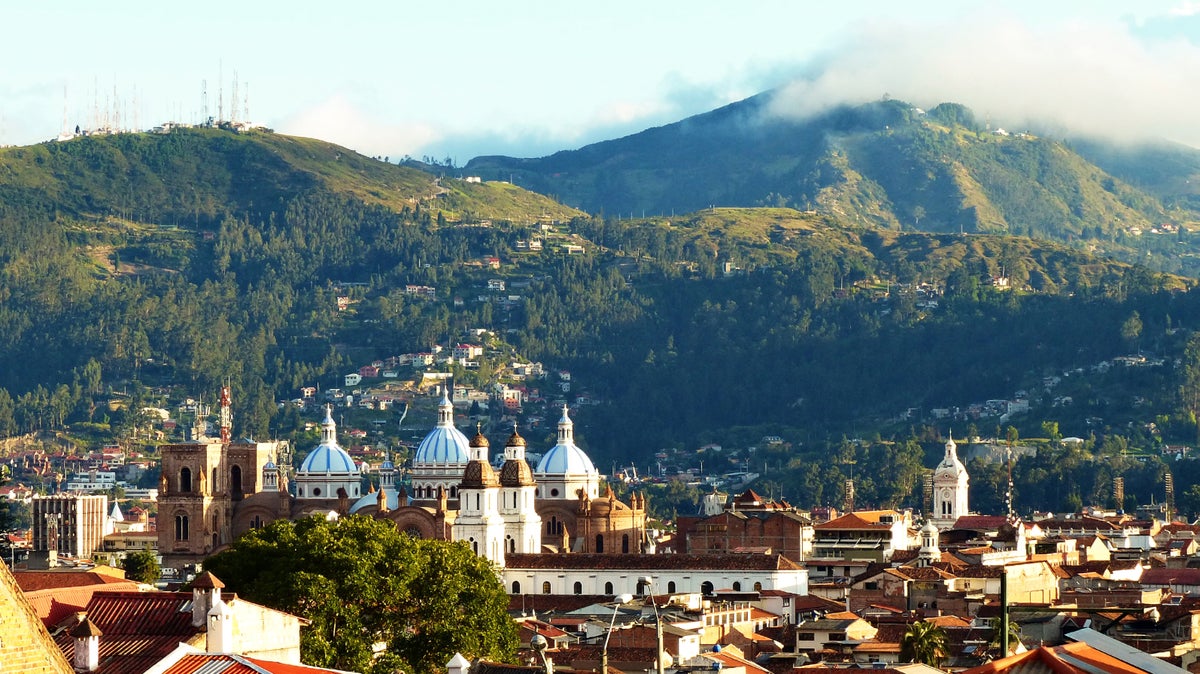
Ecuador is a remarkably biodiverse country, home to two of the world’s most captivating natural sites: the Galapagos Islands and a large portion of the Amazon.
An ‘avenue’ of volcanoes, large areas of rainforest and a beautiful Pacific coastline serve as a natural playground for adventure tourists looking for hiking or rafting experiences, as well as some more tranquil spots for relaxation at beach resorts and seaside towns.
It’s not just the country’s natural offerings that make this country so special. A number of smaller towns and cities, like Cuenca, bear architectural delights and collections of Ecuadorian artwork.
The capital, Quito, is a calm city where beautiful churches and bustling plazas are tucked within a labyrinth of alleys, while Guayaquil, a larger coastal city, welcomes visitors eager discover to the best of Ecuador’s cultural scene.
And perhaps best of all, Ecuador’s smaller size compared to other South American countries means that hopping from destination to destination can be less time-consuming. To help you tailor your trip, we’ve rounded up a few of the best places in the country to visit.
1. Quito
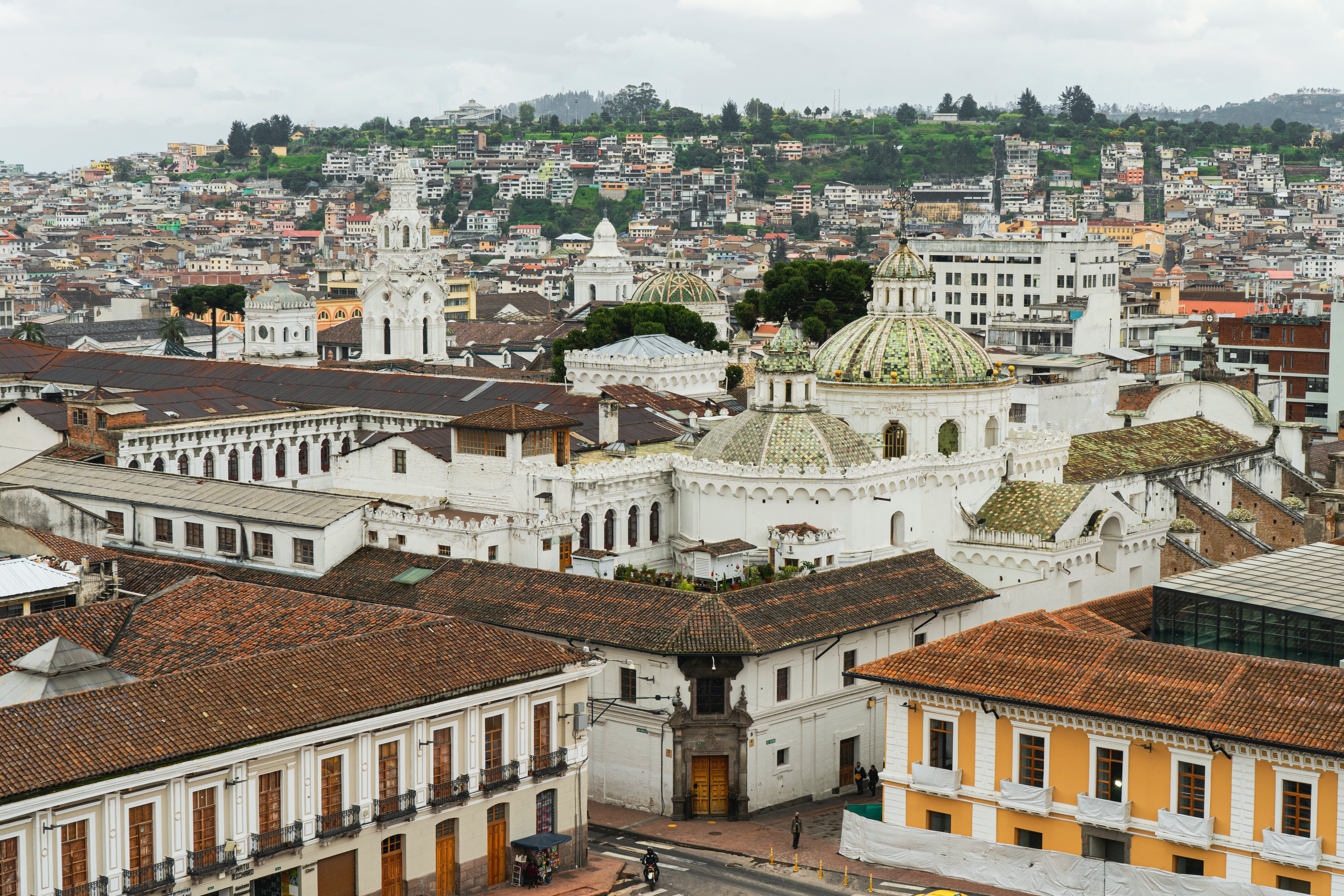
Ecuador’s capital is located high in the Andes, spread across several hills at 2,850m above sea level and surrounded by snow-capped volcanoes. The heart of the city is its Unesco-listed old town, where colonial-era architecture abounds in the form of pastel-hued facades, busy plazas and magnificent churches, including the Iglesia de la Compañía de Jesús.
Dotted around the city are a range of museums covering topics like the city’s history, famous local artists and Ecuadorian culture, while neighbourhoods like La Ronda and La Mariscal showcase the best of the city’s nightlife and a surprisingly varied culinary scene (notably a range of markets such as Mercado San Francisco).
For the best view of the city, climb to the top of the Pichincha volcano, easily accessible with the TeleferiQo gondola. For another taste of nature before you set off to the Amazon or Galapagos, head to the city’s botanical gardens, where you can see 100 species of bonsai trees alone.
Read more: The best countries to visit in South America, from Brazil to Argentina
2. Galapagos Islands
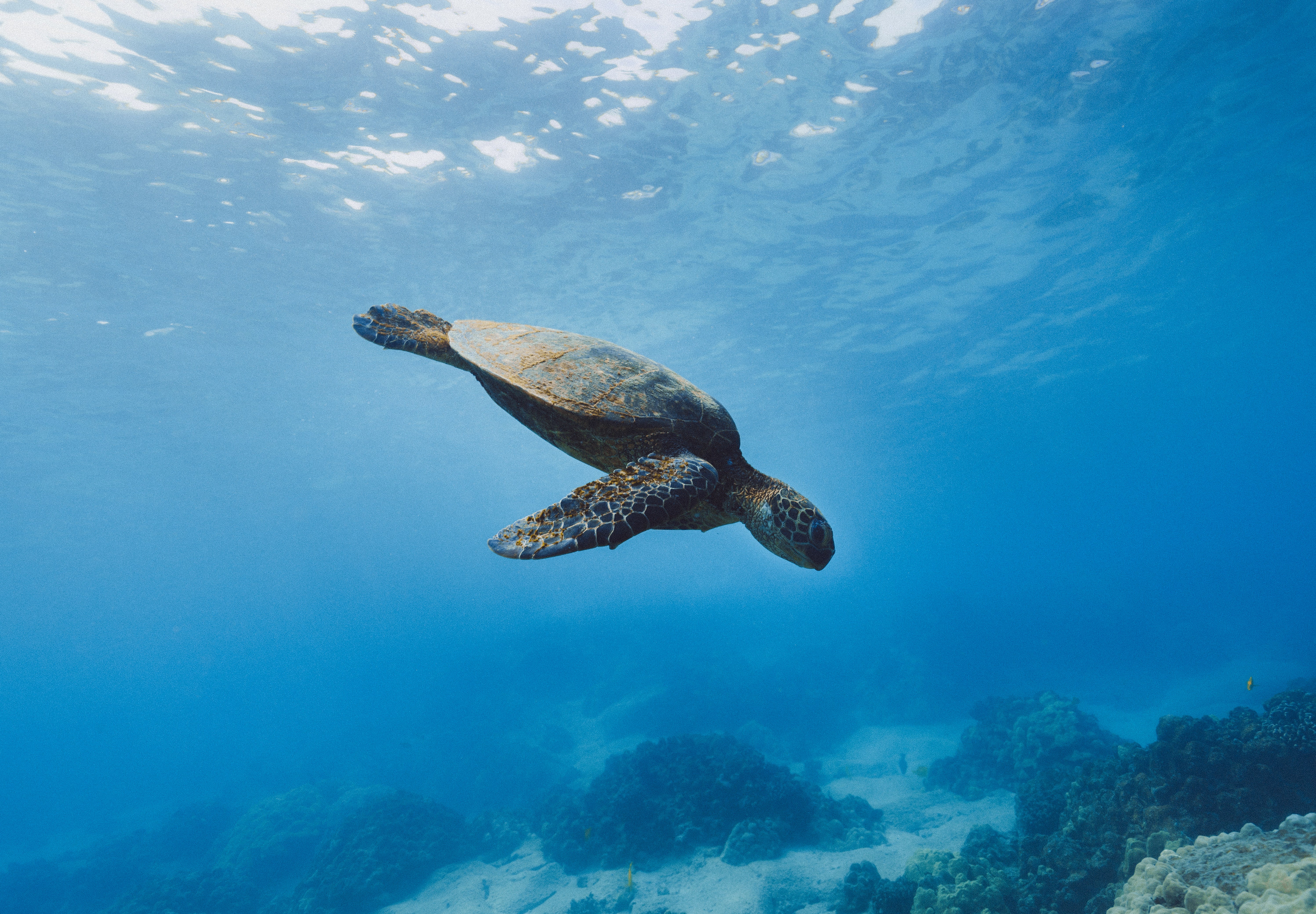
Follow in the footsteps of Charles Darwin with a visit to one of the planet’s most biodiverse regions. This volcanic archipelago can be reached within three hours by plane from the capital, and a truly unique ecosystem awaits, with opportunities to see giant tortoises, flamingos, iguanas, hundreds of species of fish and other marine life that include sharks, rays, sea lions and whales.
These islands are home to around 9,000 different species, though only four are inhabited by humans. San Cristobal is the largest, and likely where you’ll be based if you stay overnight on the islands. Many tours set off from here, often in glass-floored boats, but there are other ways to see the archipelago, including snorkelling, walking trails near Darwin Bay and even opportunities to learn about the extensive conservation efforts.
3. Guayaquil and the Pacific Coast
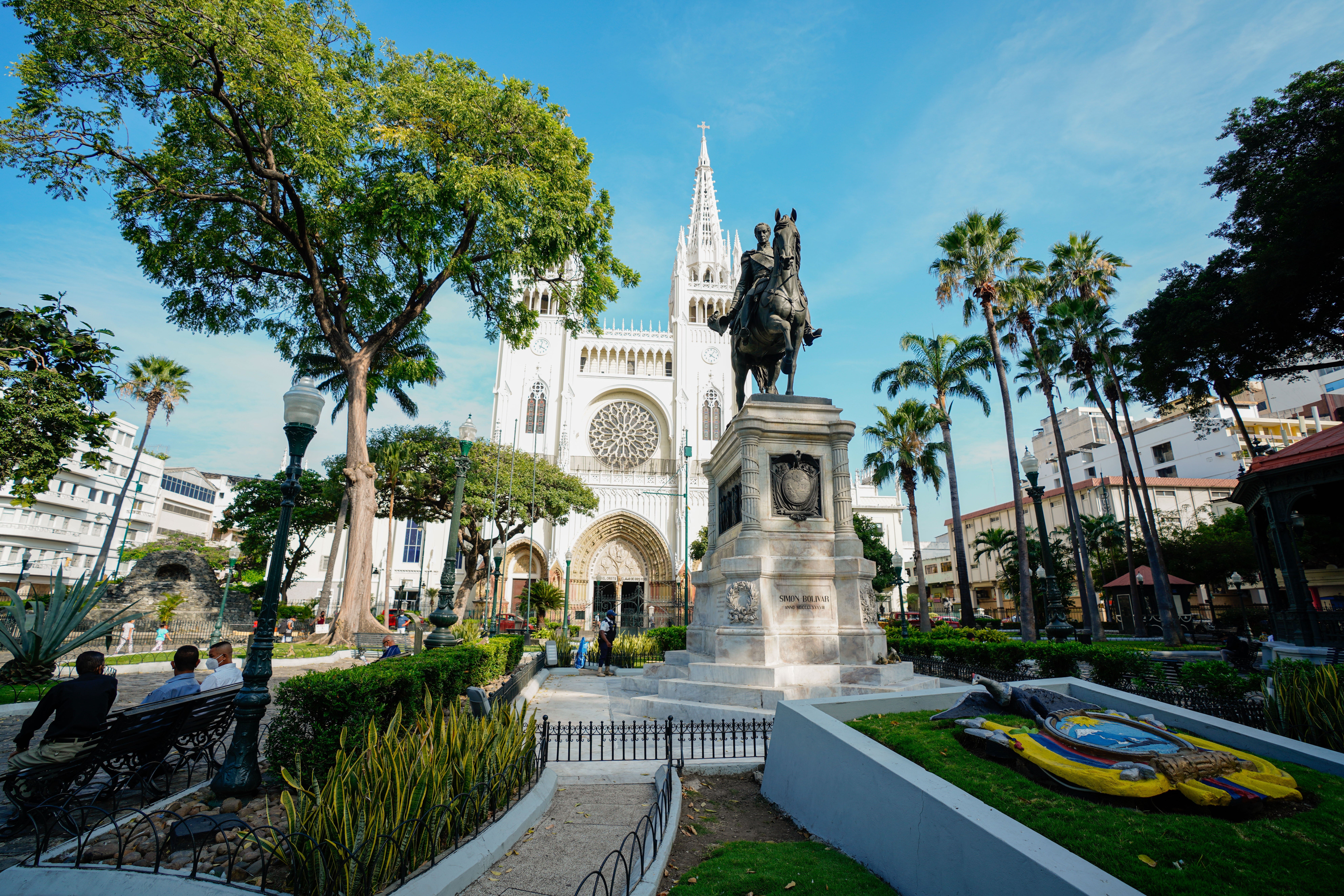
Guayaquil is the largest city in Ecuador, one that, despite lacking the architectural grandeur of Quito, competes with the capital thanks to its lively atmosphere and up-and-coming cultural scene.
The beauty of Guayaquil is in its coastal location, with the city starting at the waters of the Pacific. From there it reaches inland, first via the Malecon promenade area, before eventually spreading inland to the hills of Las Peñas. This is where Guayaquil can rival Quito, with hills offering panoramic views and an array of colourful colonial architecture making the district exceedingly photogenic. Before leaving, check out the Parque Seminario and the works of Ecuadorian artists in the Museo Antropologico y de Arte Contemporaneo.
You likely will leave Guayaquil fairly soon too, as the city acts as a springboard for visits to the Galapagos, as well as further exploration of the beautiful Pacific coast. Those seeking a beach resort will want to head west towards Montanita, a burgeoning surfing destination, or Salinas, well-established as one of Ecuador’s top seaside resorts.
Read more: The best cities and towns to visit in Peru, from Lima to Cusco
4. The Amazon and Oriente
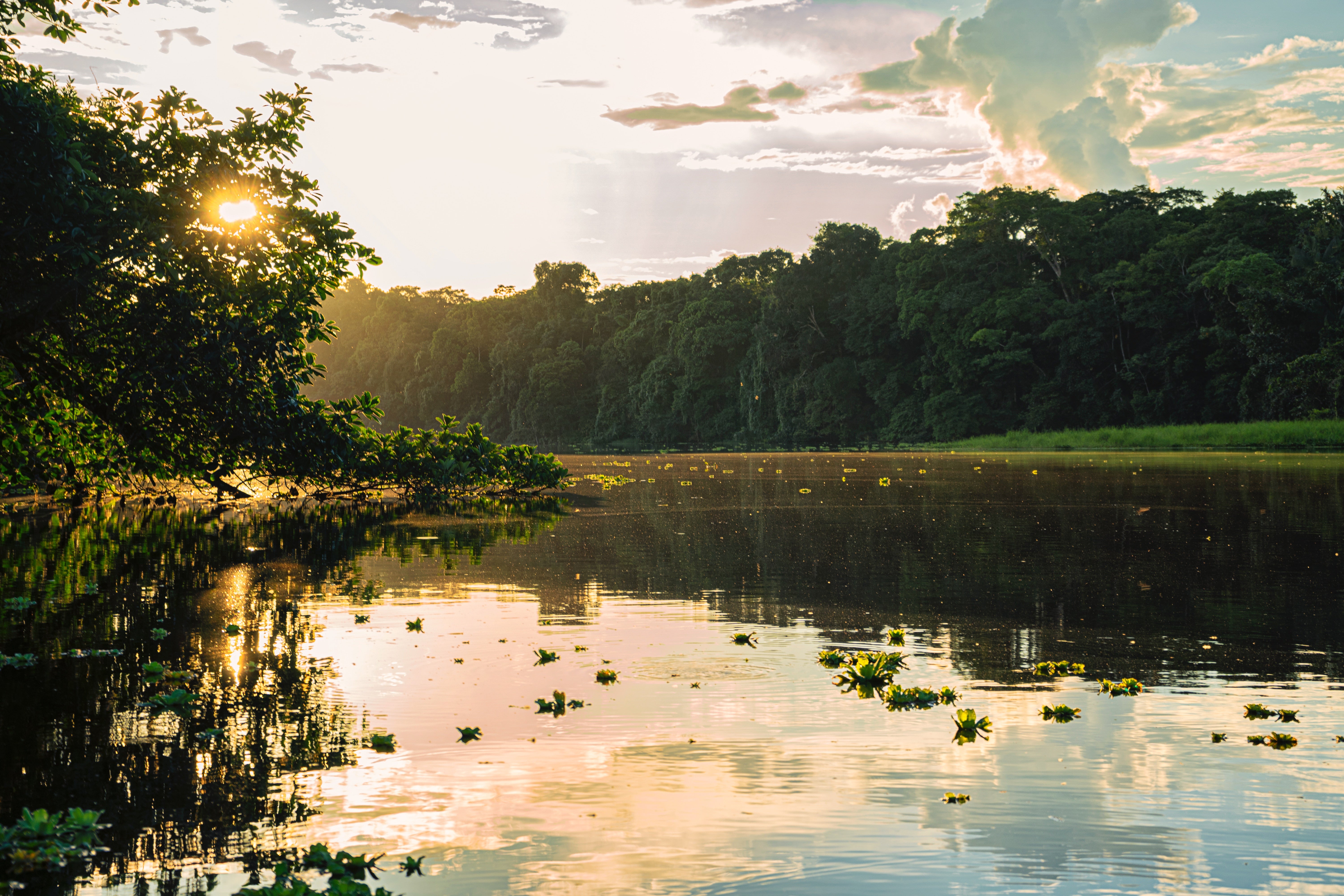
The Oriente is Ecuador’s great wilderness region, where the slopes of the Andes meet the thick rainforest of the Amazon basin. Like the Galapagos, a striking array of animals call this region home, including howler monkeys, jaguars, tapirs and caiman. But unlike the Galapagos, this is an altogether more unsettling landscape, where the sunlight is blocked by towering trees and the only sounds are those made by the animals and the rain.
Nevertheless, this is one of the world’s last great frontiers, a bucket-list region that appeals to many types of travellers. The area can be accessed through towns like Tena and Papallacta (Tena is the main gateway), and the most common form of accommodation is ecolodges, which provide activities including guided walking tours and canoe trips.
5. Cuenca
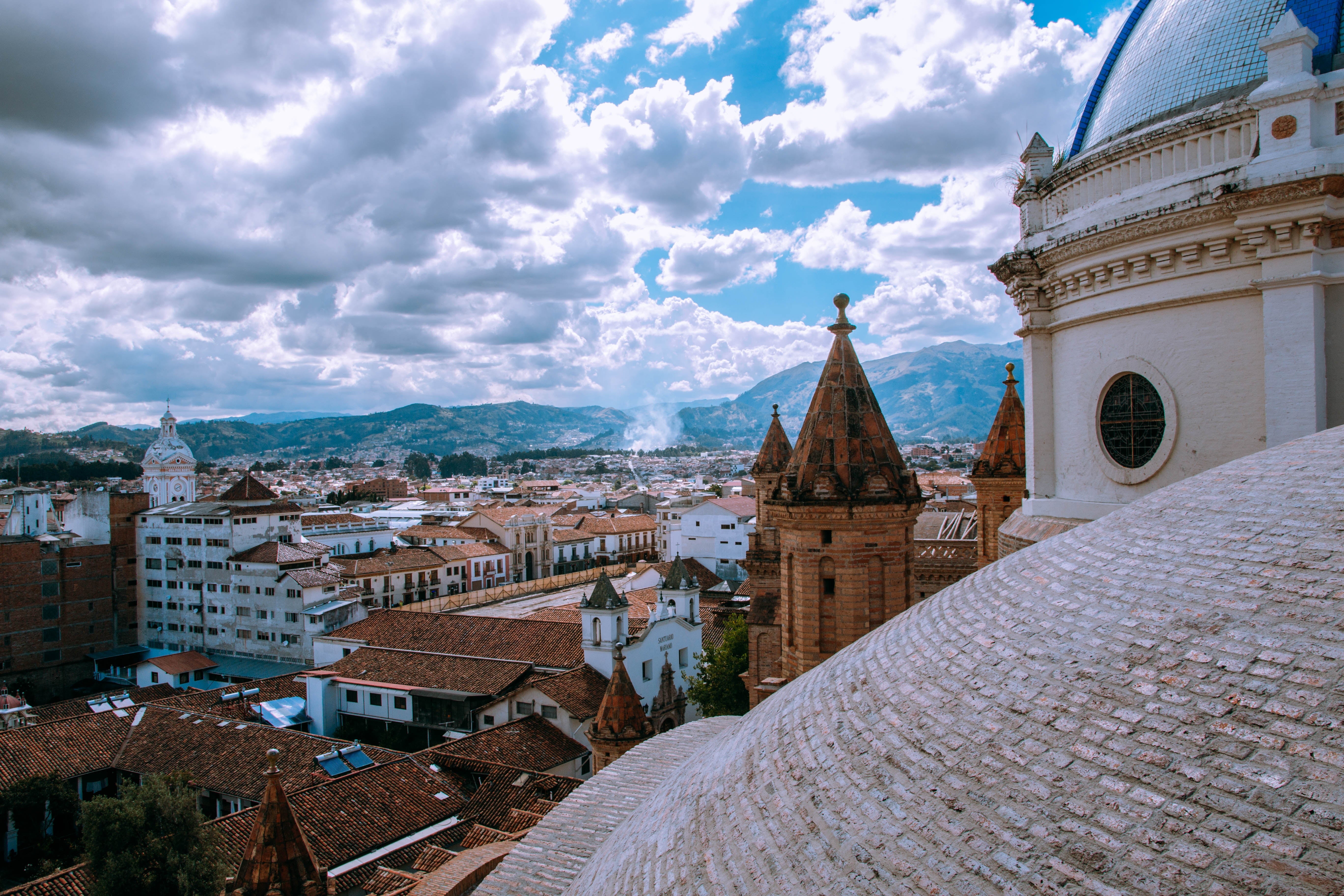
Ecuador’s third city is perhaps its most picturesque. A hub of the country’s best colonial architecture – with some of the best-preserved examples on the entire continent – it also benefits from a temperate, spring-like climate for most of the year.
Also a Unesco site, Cuenca lies in the ‘southern Sierra’ section of the country, another city surrounded by the dramatic landscape of the Andes. An aimless wander is the best way to explore the city, and you’ll come across old churches like the Sagrario, as well as laid-back parks and the vast Cathedral of the Immaculate Conception. But despite being Ecuador’s colonial heart, Cuenca also houses an interesting array of museums and galleries; head to the Pumapungo Museum for contemporary art, the Museum of Aboriginal Cultures for a rundown of the country’s 20 indigenous cultures, and the Archaeological Park to see some preserved Inca ruins.
And if you’re particularly interested in the region’s pre-Columbian history, the Ingapirca ruins lie around an hour away. The site was inhabited by the Canari people before the Incas even arrived, and today is the location of the best-preserved ruins in Ecuador, where visitors can see ancient temples and artefacts.
6. Baños
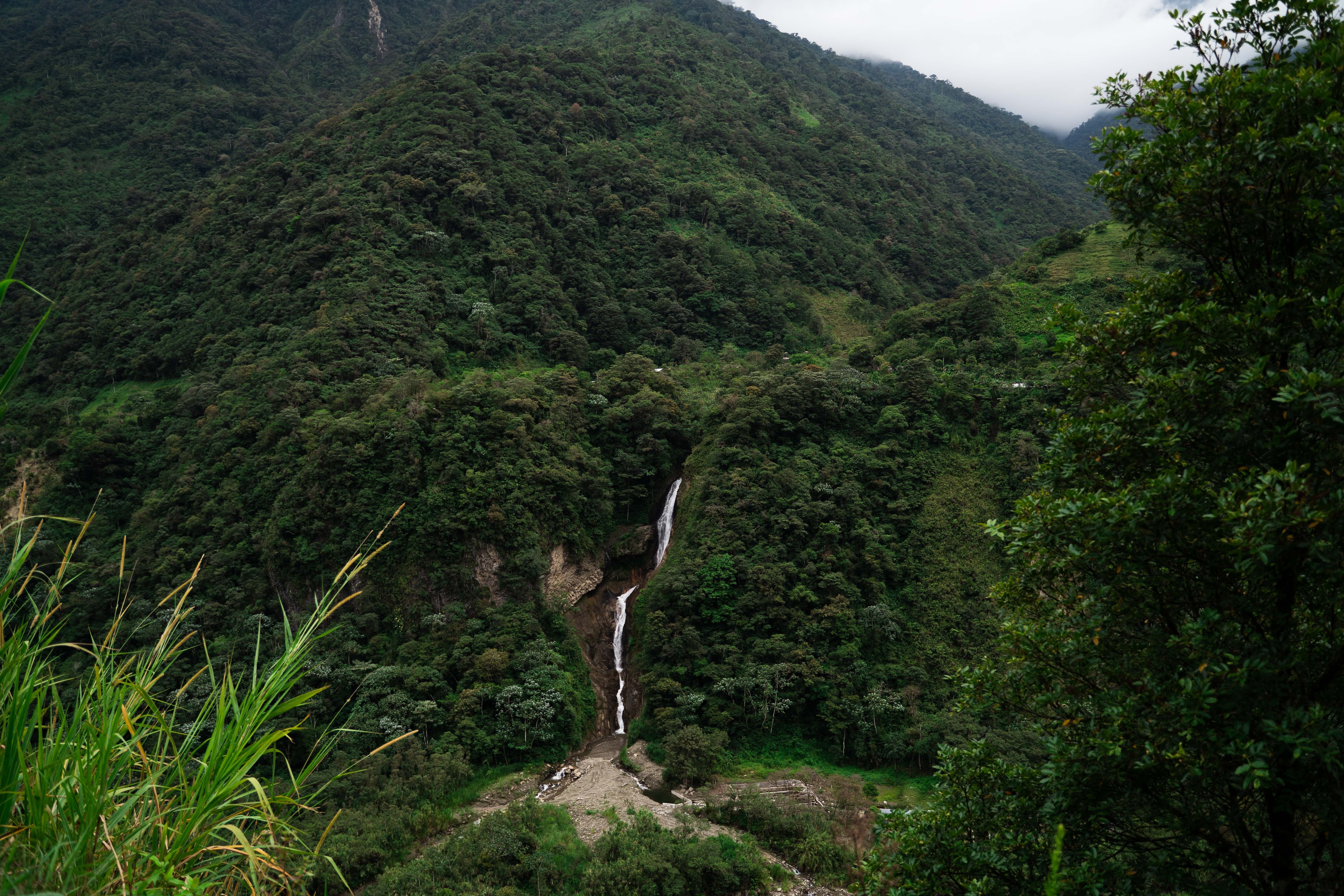
Baños is a small ‘spa town’ just over three hours south of Quito. It is known for its outdoor hot springs, but the town’s surrounding nature is arguably more of a reason to come than its warm-water swimming. It sits between the Andes and the Amazon and has borrowed geographical features from both regions.
Baños is overlooked by the imposing Tungurahua volcano – which helps heat the waters – and surrounded by rugged valleys and steep waterfalls like the Devil’s Cauldron. Rafting, trekking and hiking are all popular here, meaning the thermal springs provide a great way to wind down after an adventure-filled day.
7. Avenue of Volcanoes
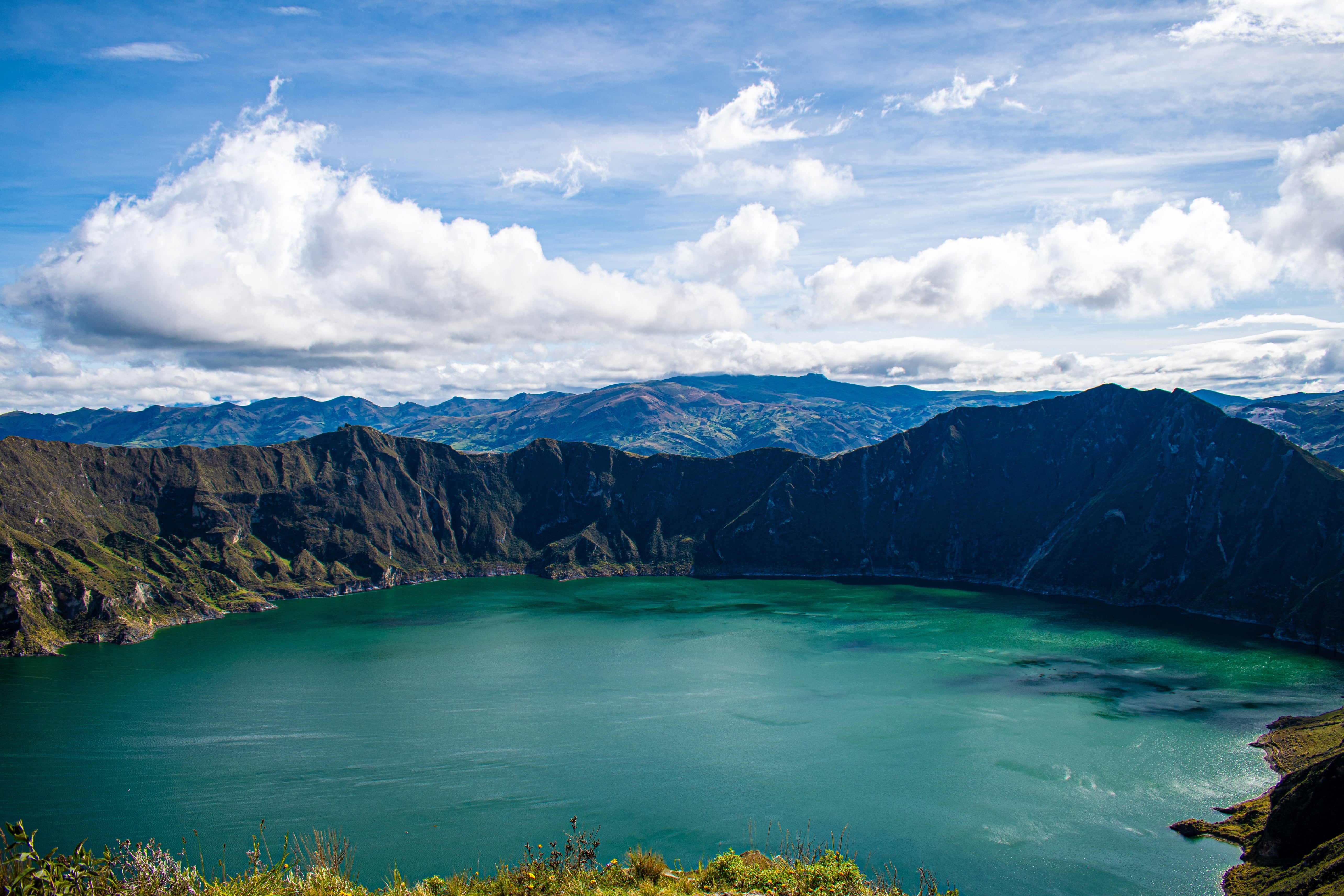
You’ll likely have to stick to just one or two spots on this ‘avenue’, as it extends for hundreds of miles between Quito and Guayaquil. As the name suggests, this natural corridor is named after the eight active volcanoes that adorn it, and reaching the top of one – or several – is a serious challenge for the more intrepid adventurer.
Probably the two most popular to summit are Cotopaxi and Chimborazo, around two hours away from each other near the central part of the Avenue. The latter, which stands at 6,263m, has the unique accolade of being the closest point on Earth to the sun, while the slightly lower Cotopaxi, at 5897m, offers a challenging climb with the reward of incredible views over the valley at dawn.
Other worthy hikes include that up El Altar, where the 5,319m ascent takes you through landscapes as varied as the tropical rainforest and glacial lagoons, or Quilotoa, where a 3km wide crater lake sits 400m from the summit.
Read more: Finding the ghost of Graham in ‘Greeneland’, the less-trodden fringe of Argentina







